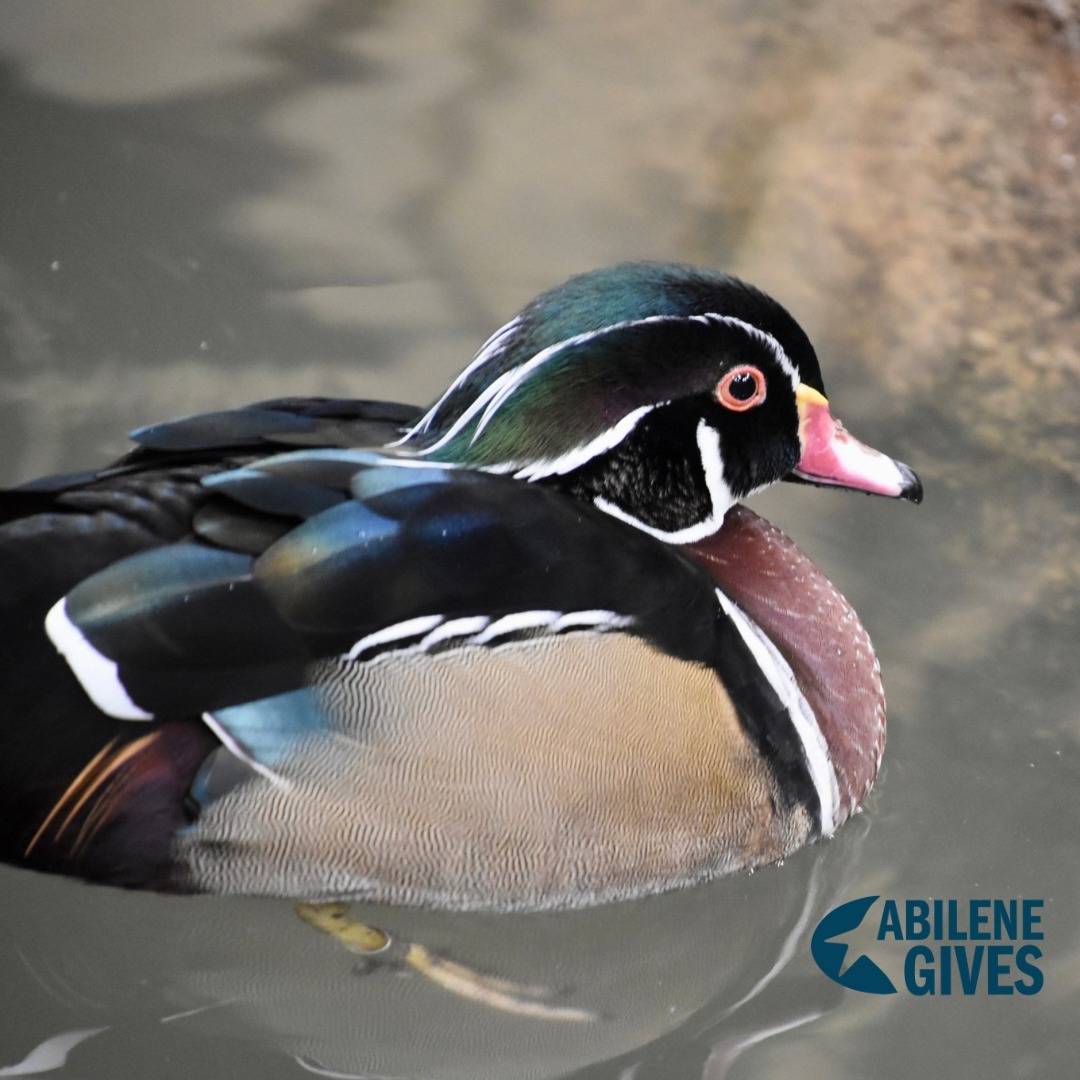Hey there, fellow bird enthusiasts! Today, we’re diving beak-first into a feathery conundrum that has puzzled casual observers and avian aficionados alike: what’s the real difference between ducks and geese? Grab your binoculars, and let’s embark on a thrilling adventure to uncover the secrets of these fascinating fowl.
First, let’s talk size. While it may seem like a simple case of “the bigger, the goose-ier,” the truth is a little more nuanced. Generally speaking, geese tend to be larger and boast longer necks than ducks. But beware! Some sneaky ducks, like the Muscovy, can grow quite large, blurring the line between these two bird buddies.
Now, onto the plumage. While both ducks and geese sport a marvelous array of colors, they each have distinct patterns that make identification a breeze. Ducks are known for their striking, iridescent feathers, particularly on the head and neck of the males. Geese, on the other hand, tend to sport more muted tones, often with a white “chinstrap” marking to complete their dapper look.
As we delve deeper into the world of waterfowl, let’s talk about their vocalizations. I’m sure you’re familiar with the classic “quack” of a duck, but did you know that geese communicate using a wide range of honks and hisses? That’s right! Geese are quite the chatty bunch, making them the life of any pond party.
And what about their habitats? While both ducks and geese can be found in wetlands, ponds, and lakes, geese tend to have a penchant for grassy areas, where they can graze on their favorite snacks. Ducks, meanwhile, prefer to dabble in shallow water, dipping their beaks beneath the surface in search of tasty morsels.
But wait, there’s more! Have you ever noticed that ducks often have an extra toe on the back of their feet, while geese have a smooth, rounded hind toe? This subtle difference is called the “hallux,” and it’s just one of the many unique features that set these two species apart.
As we wrap up our bird-watching bonanza, let’s touch on the topic of migration. Geese are famous for their epic, V-shaped flights as they travel to and from their breeding grounds. Ducks, however, often opt for a more low-key approach, sometimes migrating in smaller groups or even as lone individuals.
So, there you have it, folks! The next time you find yourself pondering the delightful mysteries of waterfowl, remember that ducks and geese are far more than just “birds of a feather.” From their size and plumage to their vocalizations and habitat preferences, these remarkable creatures are as diverse as they are captivating.
Keep your eyes peeled, and who knows what avian wonders you’ll uncover in your own backyard? Happy birding!

